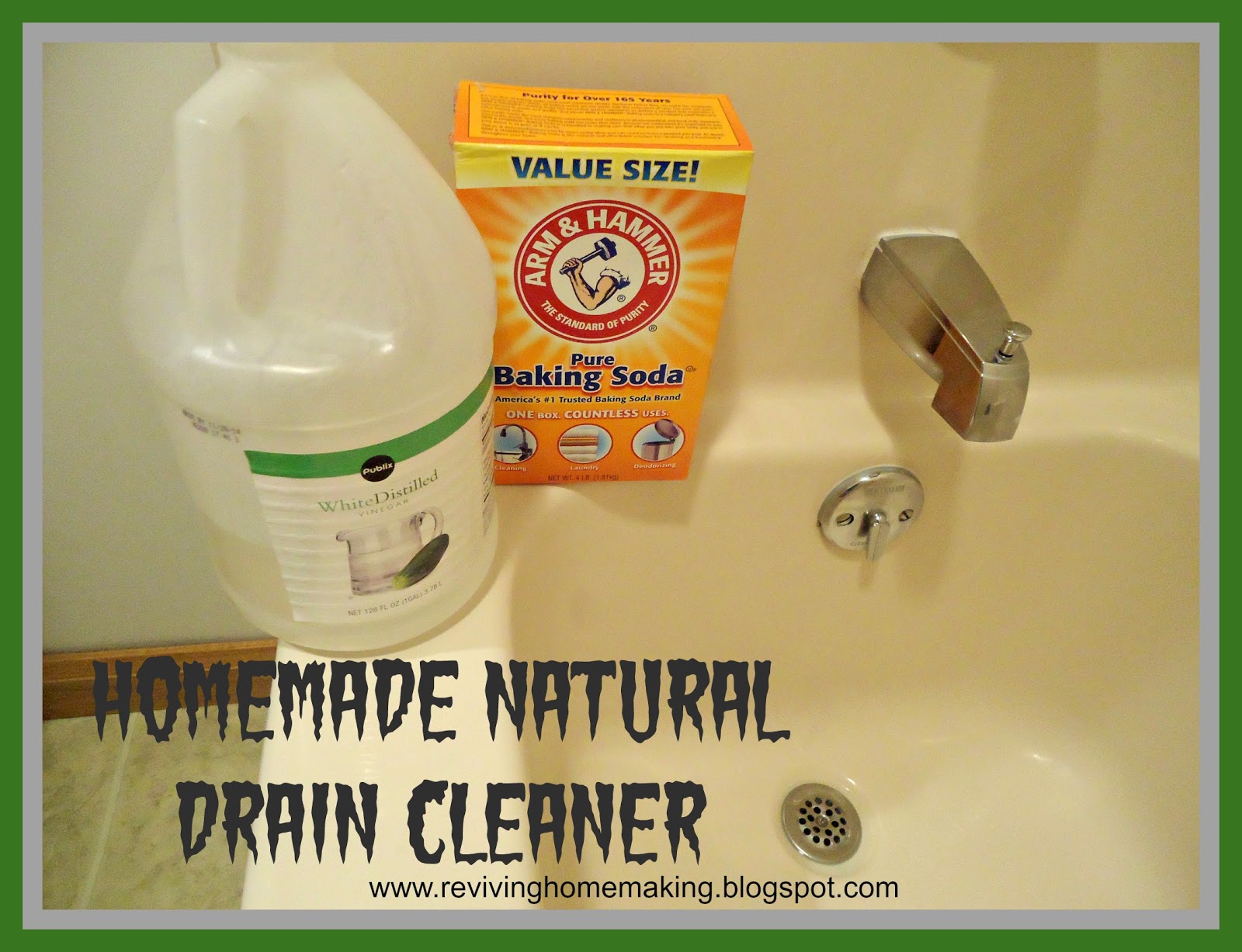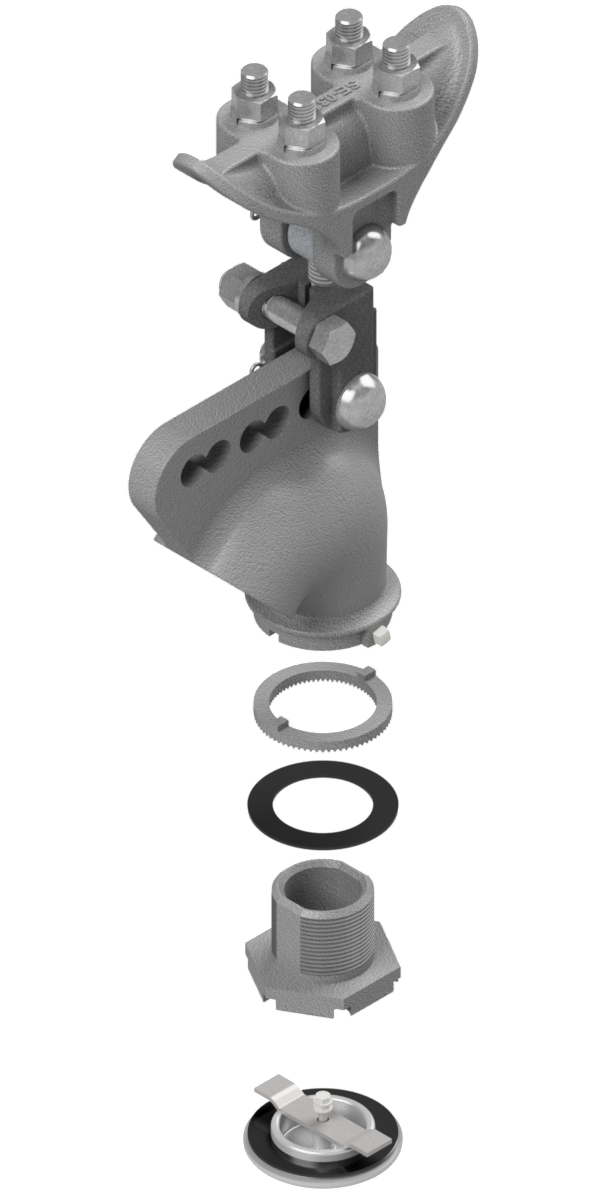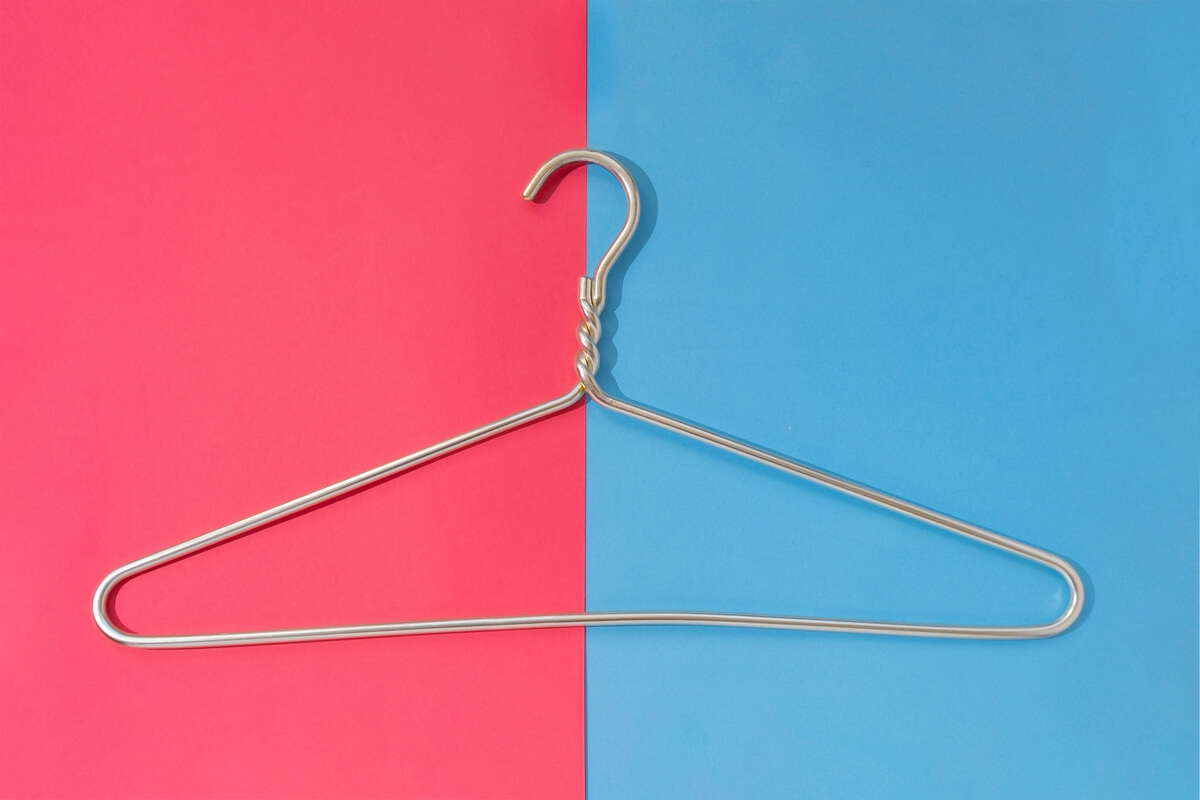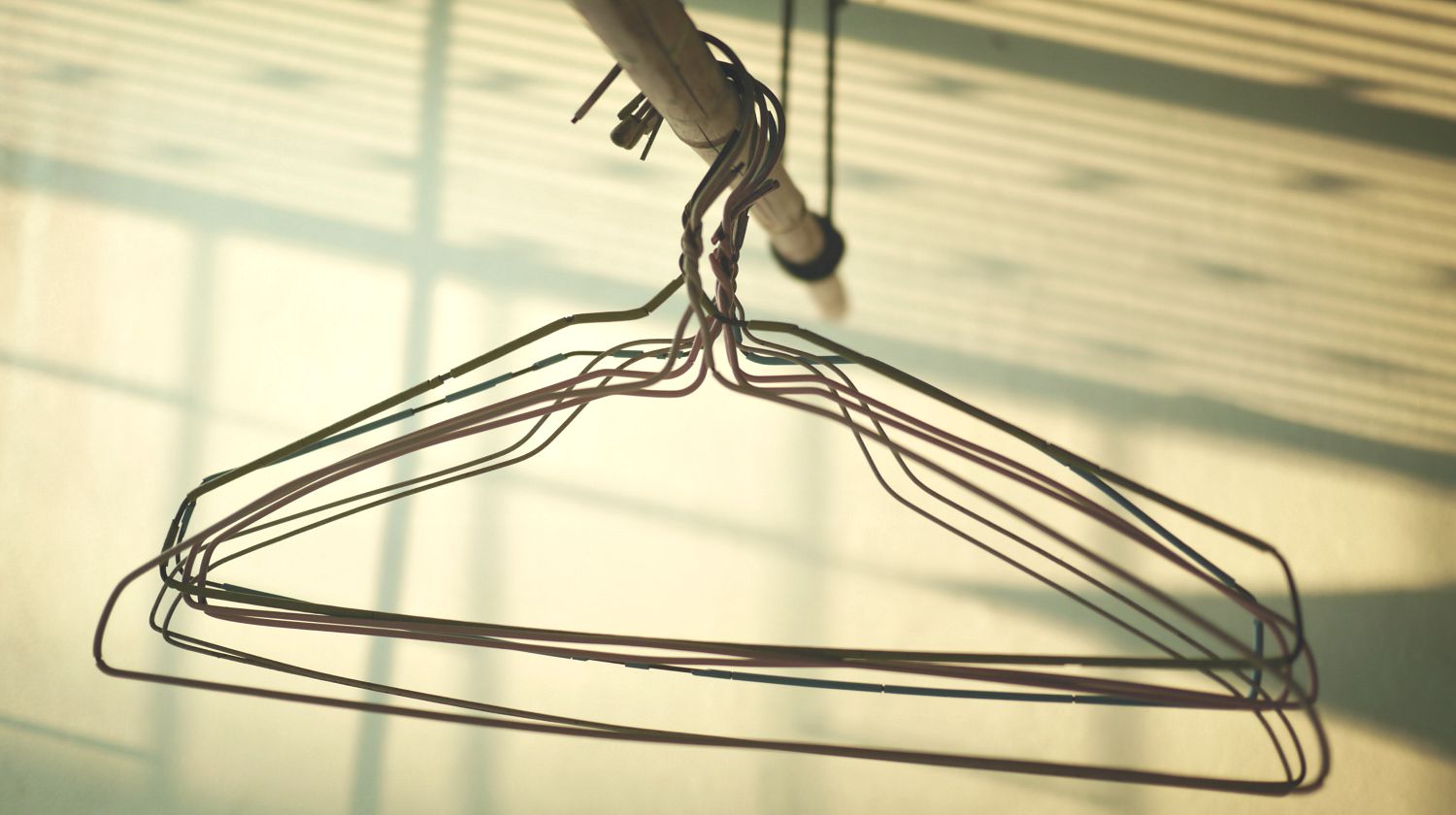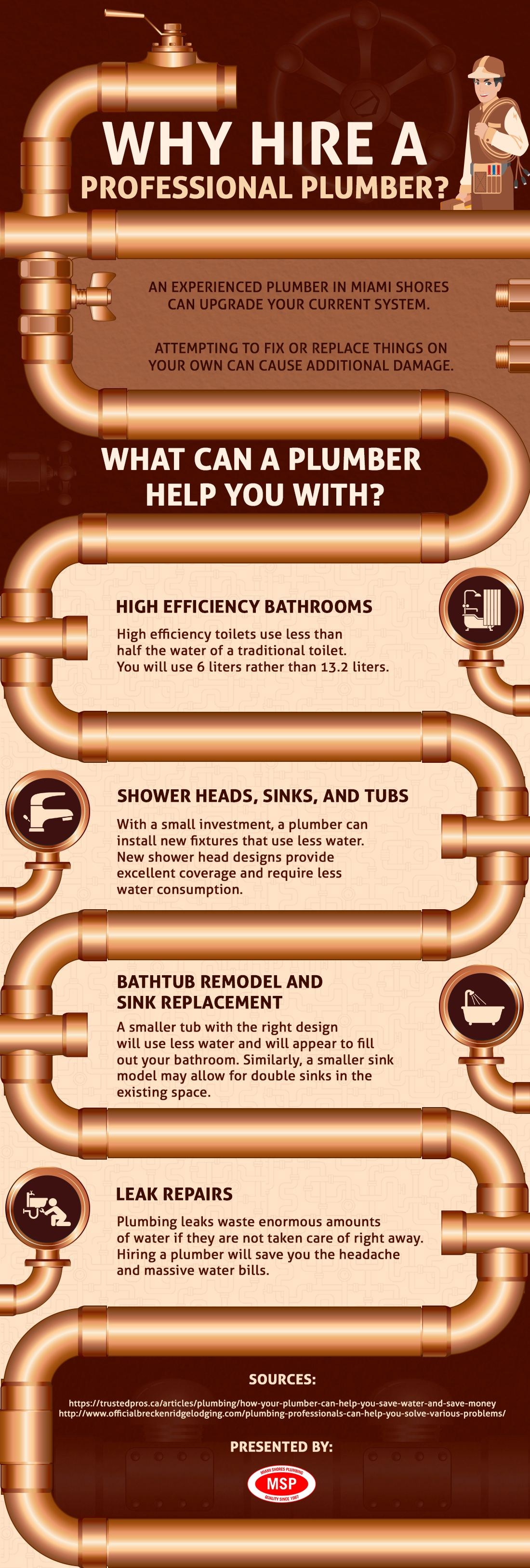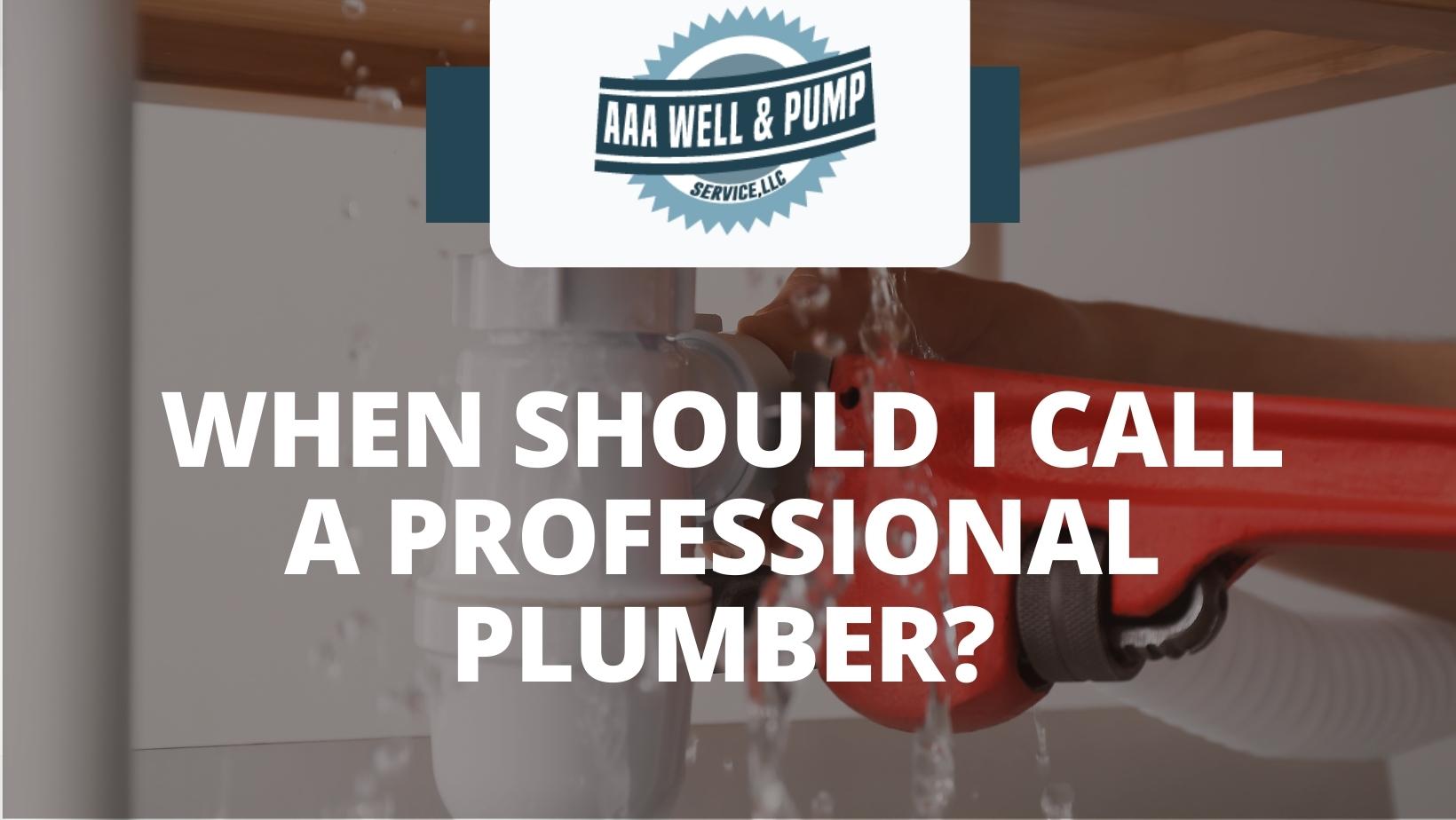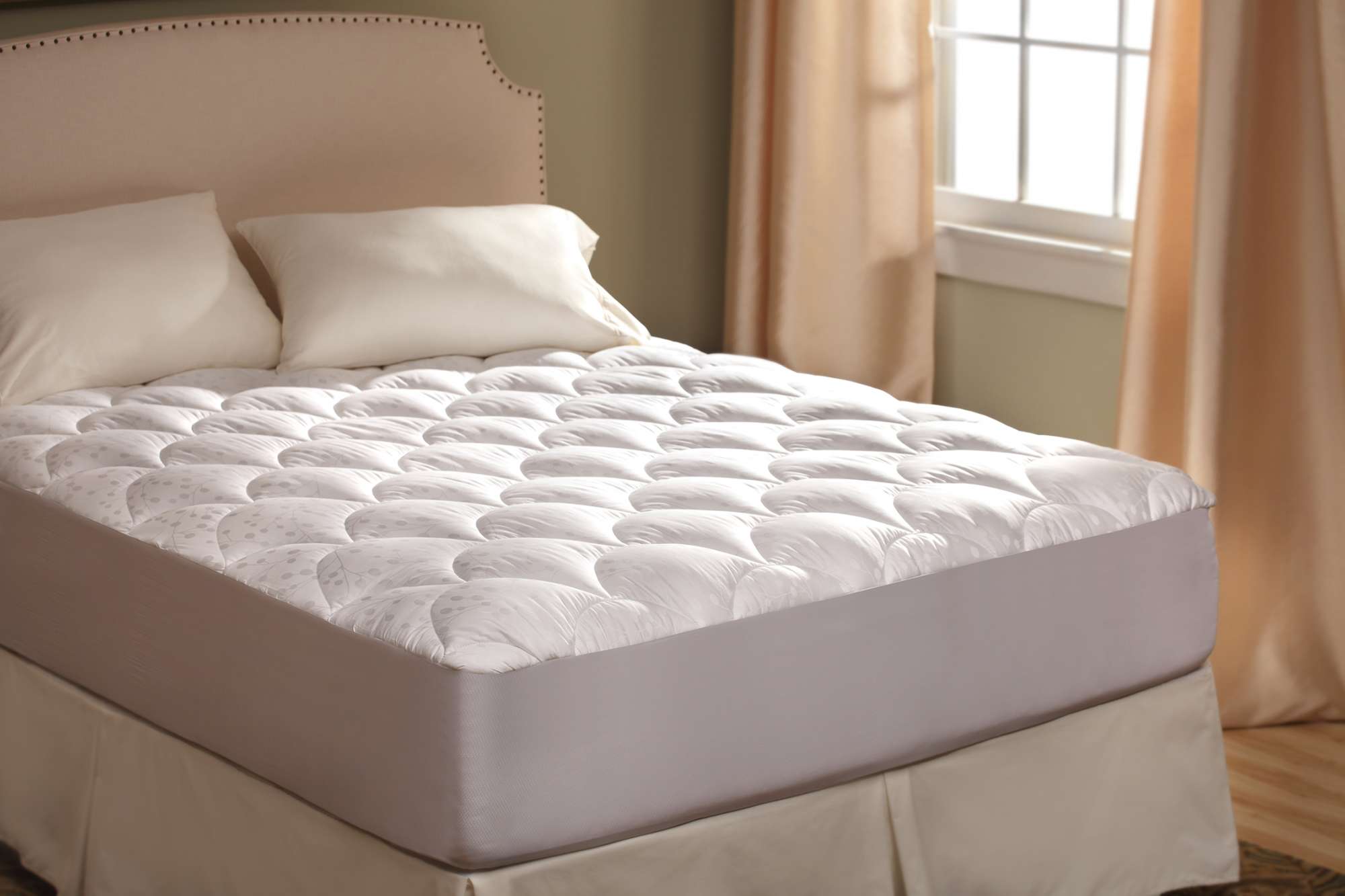Use a plunger
If you notice that your kitchen sink is draining slowly or not at all, one of the first things you should try is using a plunger. This tried and true method can help break up any clogs that may be causing the problem. To use a plunger, fill the sink with enough water to cover the rubber part of the plunger and then place it over the drain. Push down and pull up on the plunger several times in a quick motion to create suction and hopefully dislodge the clog.
Use a drain snake
If a plunger doesn't do the trick, you may need to use a drain snake. This tool is designed to reach deep into your pipes and remove any stubborn clogs. Simply insert the snake into the drain and turn it clockwise while pushing it further into the pipe. When you feel resistance, twist and push the snake in a back and forth motion to break up the clog. Once the clog is loosened, pull out the snake and run hot water down the drain to flush it out.
Use a mixture of baking soda and vinegar
If you prefer a more natural solution, you can try using a mixture of baking soda and vinegar to unclog your kitchen sink. Start by pouring half a cup of baking soda down the drain, followed by a cup of vinegar. Cover the drain with a cloth or plug and let the mixture sit for about 30 minutes. Then, pour boiling water down the drain to help flush out the clog.
Use boiling water
If you have a grease clog, boiling water may be all you need to unclog your kitchen sink. Boil a pot of water and carefully pour it down the drain in two to three stages, allowing time for the water to work its way through the pipes. The hot water will help break up any grease or oil that may be causing the clog, allowing it to drain properly.
Try a commercial drain cleaner
If the above methods don't work, you can try using a commercial drain cleaner. These products are designed to dissolve clogs and can be found at most hardware or home improvement stores. Be sure to follow the instructions carefully and use the proper safety precautions when handling these chemicals.
Remove and clean the P-trap
The P-trap is the curved pipe located under your sink that is designed to catch debris and prevent it from clogging your pipes. If you suspect that your P-trap is causing the problem, you can remove it and clean it out. Place a bucket under the P-trap to catch any water, then unscrew the fittings and remove the trap. Clean out any debris and then reattach the trap.
Use a wet/dry vacuum
If you have a wet/dry vacuum, you can use it to help unclog your kitchen sink. First, set the vacuum to the wet setting and cover the vent with a cloth to prevent any water from spilling out. Place the vacuum hose over the drain and turn it on to create suction. This can help remove any clogs that may be stuck in the pipes.
Try a homemade drain cleaner with salt and baking soda
If you don't have any commercial drain cleaner on hand, you can make your own using salt and baking soda. Mix equal parts of both ingredients and pour the mixture down the drain. Let it sit for about 15 minutes, then pour boiling water down the drain to help flush out the clog.
Use a wire hanger to remove debris
If you suspect that there may be a clog caused by debris such as food or hair, you can use a wire hanger to remove it. Straighten out a wire hanger and create a small hook at one end. Insert the hook into the drain and try to fish out any debris that may be causing the clog.
Call a professional plumber
If all else fails, it may be time to call in a professional plumber. They have the tools and expertise to quickly and effectively unclog your kitchen sink. It may cost more than trying these DIY methods, but it's worth it to have a functioning sink again.
Remember, prevention is key to avoiding clogged kitchen sinks. Be mindful of what you put down your drain and regularly clean your sink and pipes to prevent buildup. But if you do encounter a clog, these tips should help you unclog your kitchen sink and get it back to working properly.
Tips for Unclogging Your Kitchen Sink
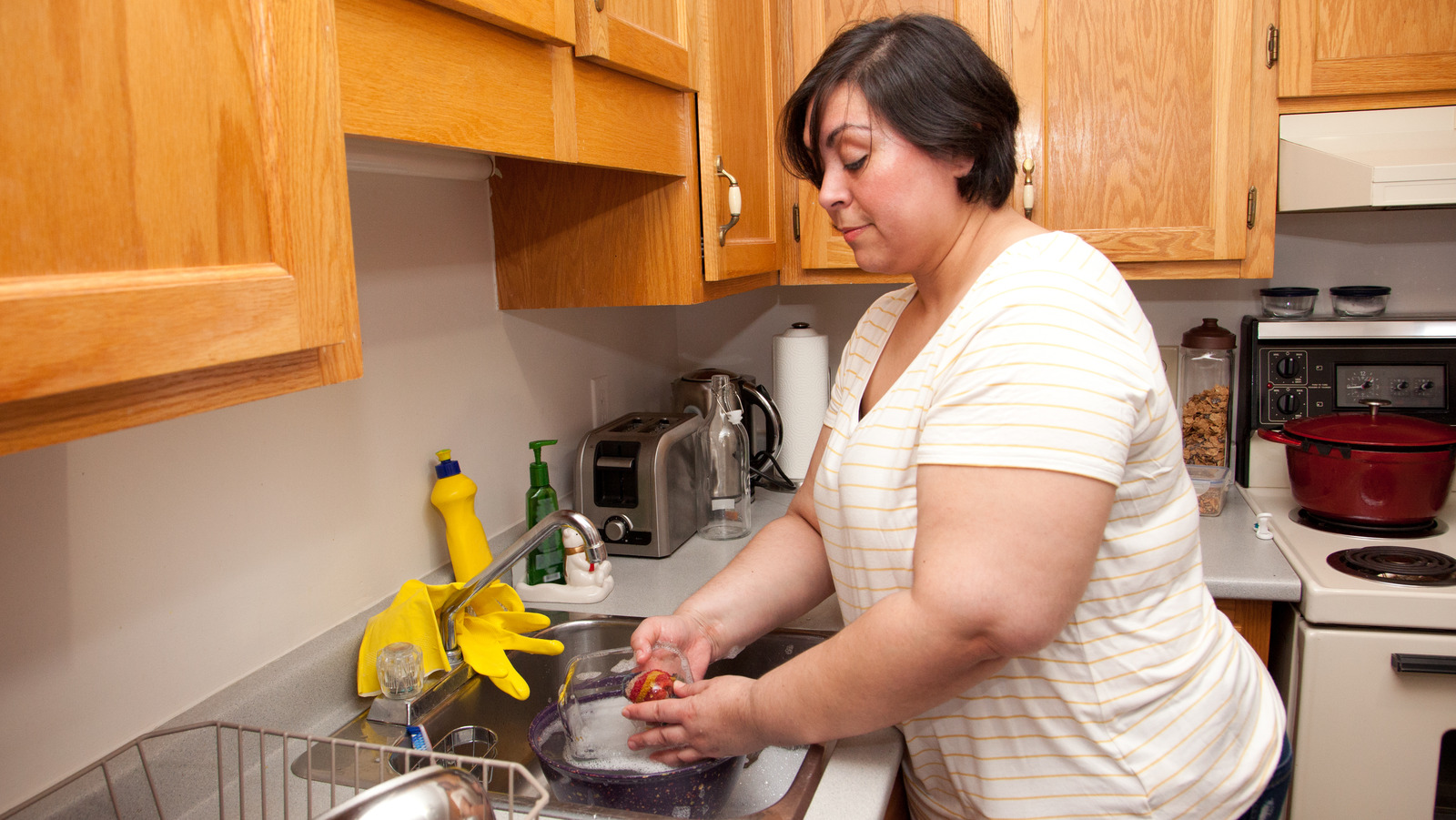
Don't Wait Until It's Completely Clogged
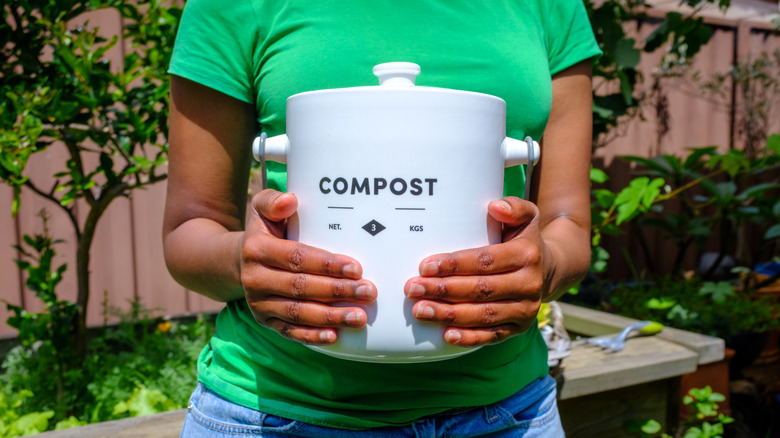 One of the most important tips for keeping your kitchen sink unclogged is to not wait until it's completely clogged to take action. Many homeowners make the mistake of ignoring a slow-draining sink, thinking it will eventually fix itself. However, this can lead to a bigger problem down the line. As soon as you notice your sink draining slower than usual, take the time to address it. This will save you time, money, and frustration in the long run.
One of the most important tips for keeping your kitchen sink unclogged is to not wait until it's completely clogged to take action. Many homeowners make the mistake of ignoring a slow-draining sink, thinking it will eventually fix itself. However, this can lead to a bigger problem down the line. As soon as you notice your sink draining slower than usual, take the time to address it. This will save you time, money, and frustration in the long run.
Use a Plunger
 A plunger is a tried and true method for unclogging a sink. To use a plunger, make sure there is enough water in the sink to cover the rubber end of the plunger. Place the plunger over the drain and push down firmly, then pull up quickly. Repeat this motion several times until the clog is dislodged. This method works best on smaller clogs and may not be effective for larger or more stubborn clogs.
A plunger is a tried and true method for unclogging a sink. To use a plunger, make sure there is enough water in the sink to cover the rubber end of the plunger. Place the plunger over the drain and push down firmly, then pull up quickly. Repeat this motion several times until the clog is dislodged. This method works best on smaller clogs and may not be effective for larger or more stubborn clogs.
Try a Homemade Solution
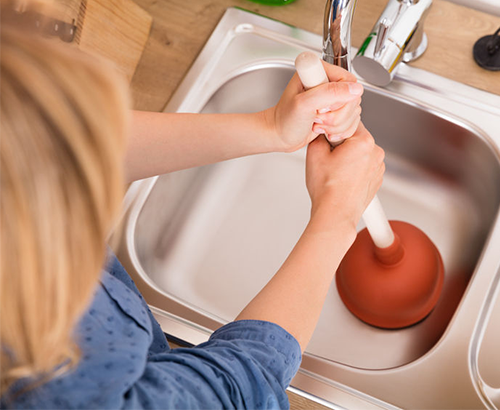 If a plunger doesn't do the trick, you can try using a homemade solution to unclog your kitchen sink. One effective method is to mix equal parts
baking soda
and
vinegar
and pour it down the drain. Let it sit for a few minutes, then pour hot water down the drain to flush it out. This combination will create a chemical reaction that can break down and dissolve clogs.
If a plunger doesn't do the trick, you can try using a homemade solution to unclog your kitchen sink. One effective method is to mix equal parts
baking soda
and
vinegar
and pour it down the drain. Let it sit for a few minutes, then pour hot water down the drain to flush it out. This combination will create a chemical reaction that can break down and dissolve clogs.
Invest in a Drain Snake
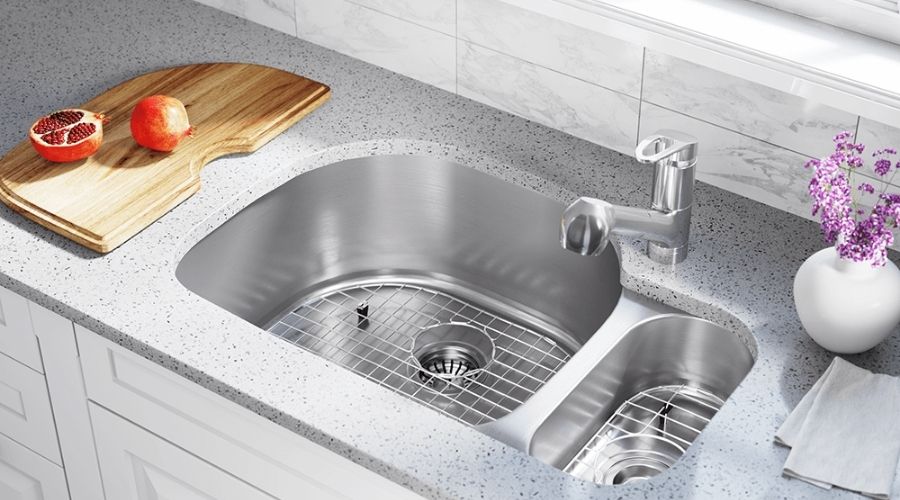 For more stubborn clogs, a drain snake can be a helpful tool. This long, flexible tool can be inserted into the drain and maneuvered to break up and remove clogs. You can purchase a drain snake at most hardware stores or make your own using a wire hanger. Just be careful not to damage your pipes when using a drain snake.
For more stubborn clogs, a drain snake can be a helpful tool. This long, flexible tool can be inserted into the drain and maneuvered to break up and remove clogs. You can purchase a drain snake at most hardware stores or make your own using a wire hanger. Just be careful not to damage your pipes when using a drain snake.
Prevent Future Clogs
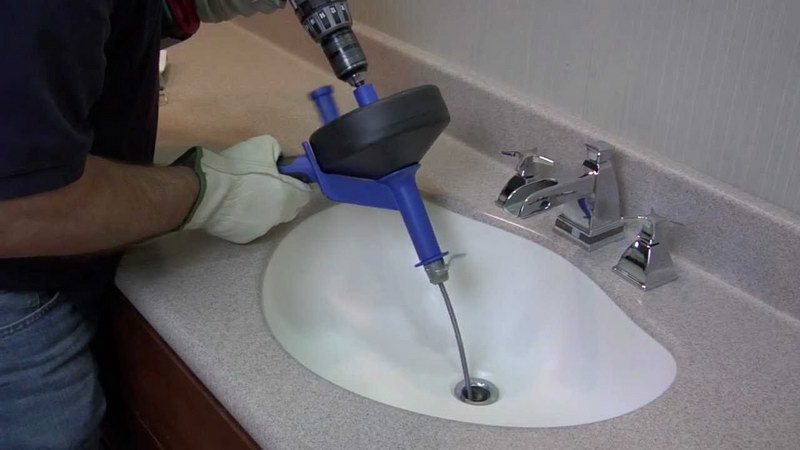 Once you've successfully unclogged your kitchen sink, it's important to take steps to prevent future clogs. One way to do this is by installing a
strainer
in your sink to catch any food scraps or debris. You should also avoid pouring grease, oil, or large quantities of food down the drain. Regularly pouring boiling water down the drain can also help prevent buildup and keep your sink flowing smoothly.
In summary, keeping your kitchen sink unclogged requires proactive measures and quick action. By following these tips and being mindful of what goes down your drain, you can prevent clogs and maintain a functioning kitchen sink. However, if these methods do not work, it may be time to call a professional plumber for assistance. Remember, taking care of your kitchen sink now will save you time and money in the future.
Once you've successfully unclogged your kitchen sink, it's important to take steps to prevent future clogs. One way to do this is by installing a
strainer
in your sink to catch any food scraps or debris. You should also avoid pouring grease, oil, or large quantities of food down the drain. Regularly pouring boiling water down the drain can also help prevent buildup and keep your sink flowing smoothly.
In summary, keeping your kitchen sink unclogged requires proactive measures and quick action. By following these tips and being mindful of what goes down your drain, you can prevent clogs and maintain a functioning kitchen sink. However, if these methods do not work, it may be time to call a professional plumber for assistance. Remember, taking care of your kitchen sink now will save you time and money in the future.

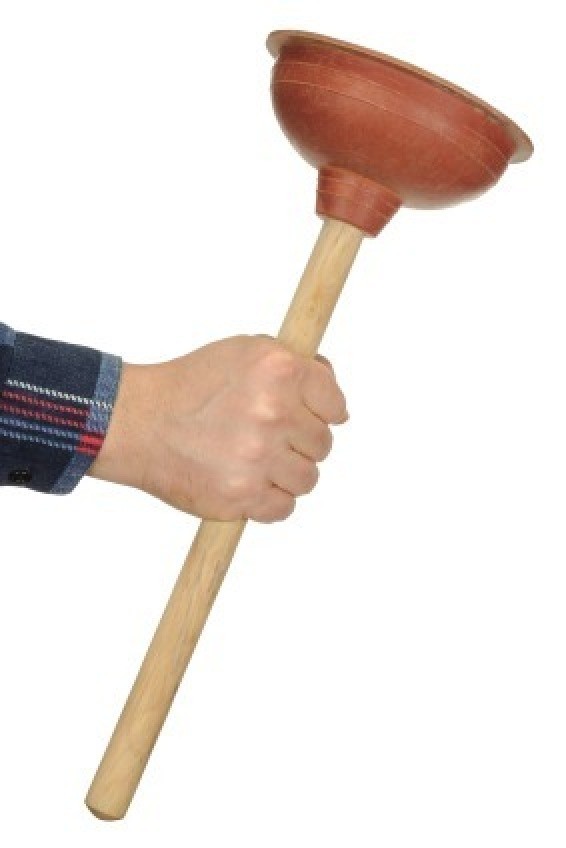




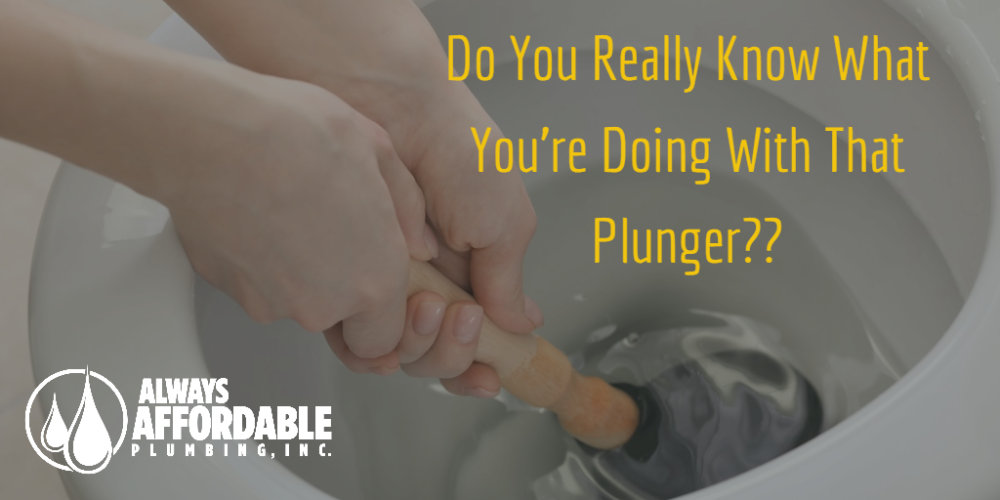

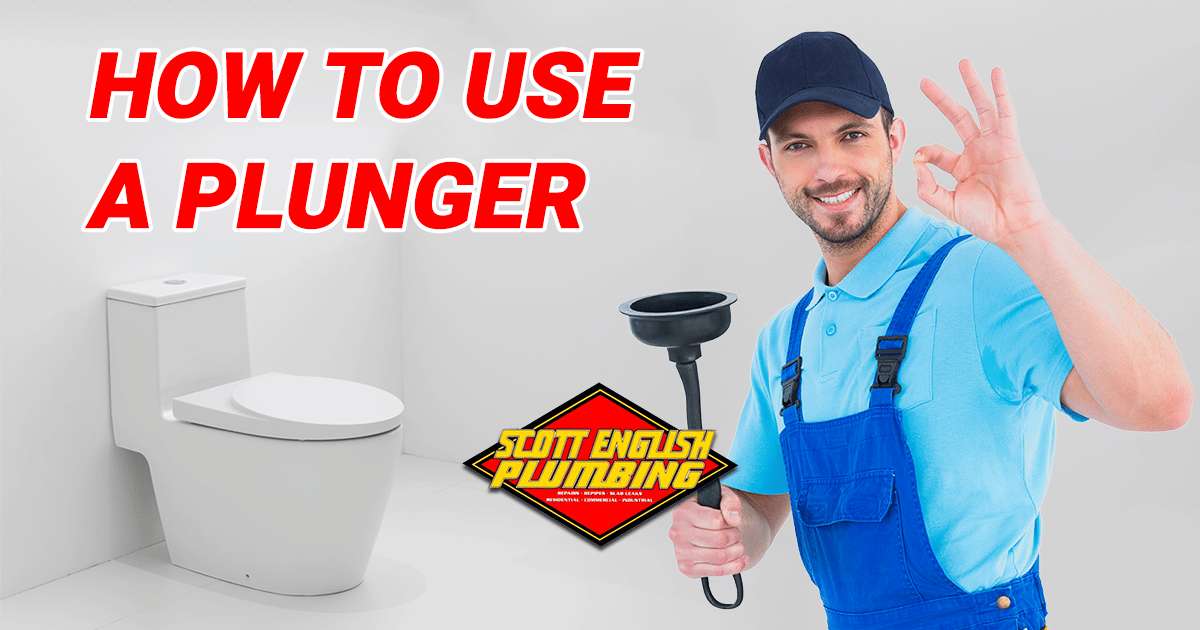

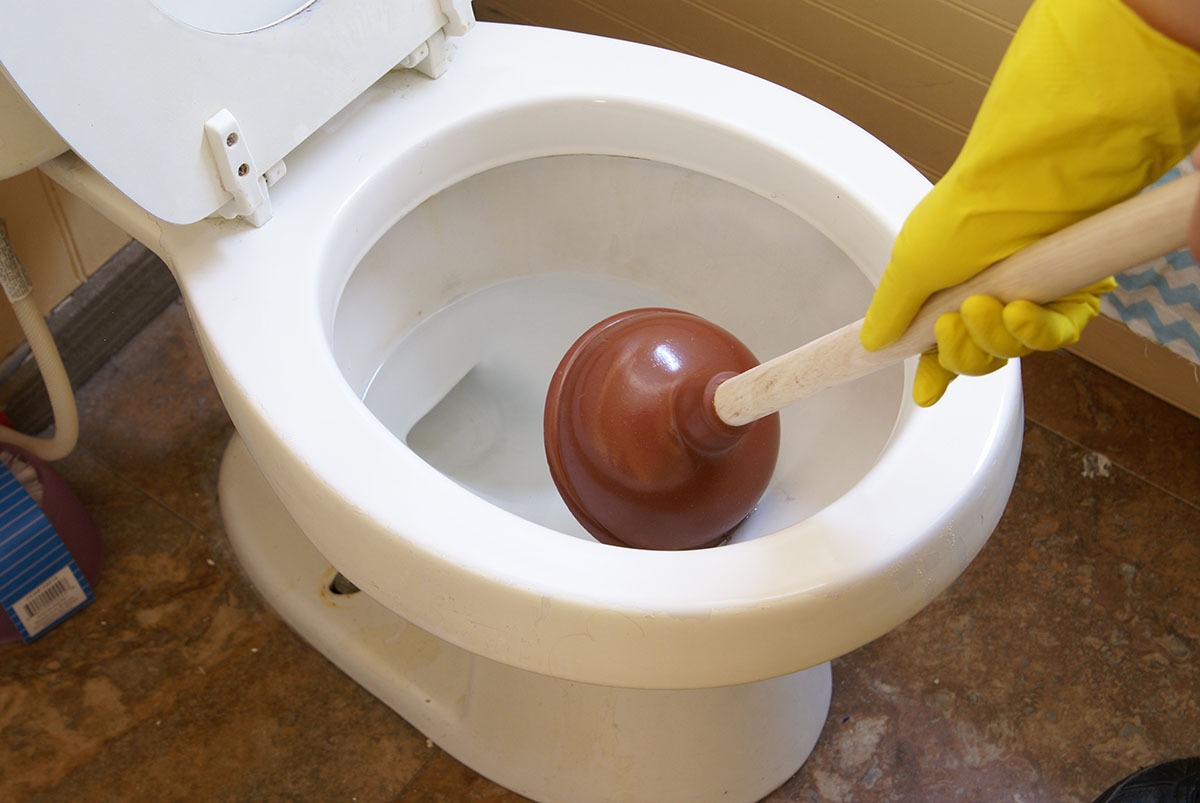
:max_bytes(150000):strip_icc()/toilette-plunger--92314164-873564a34a3441058f00a8d6fc1f0441.jpg)


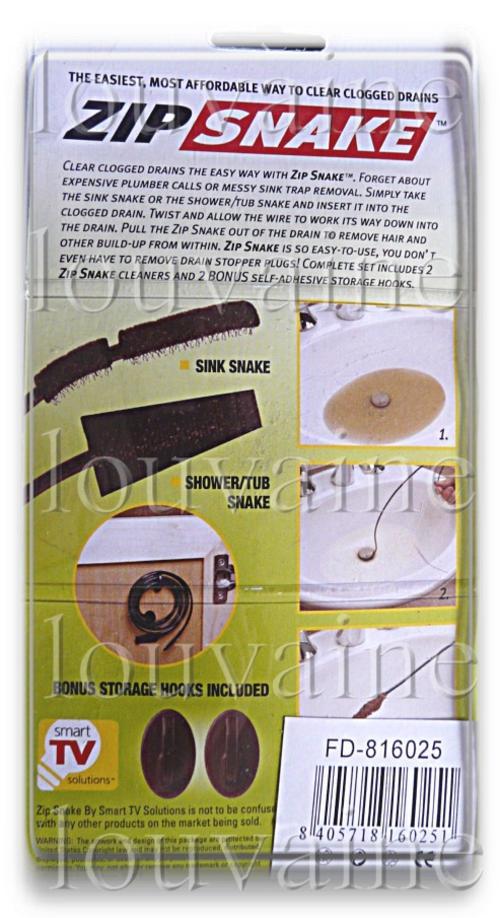

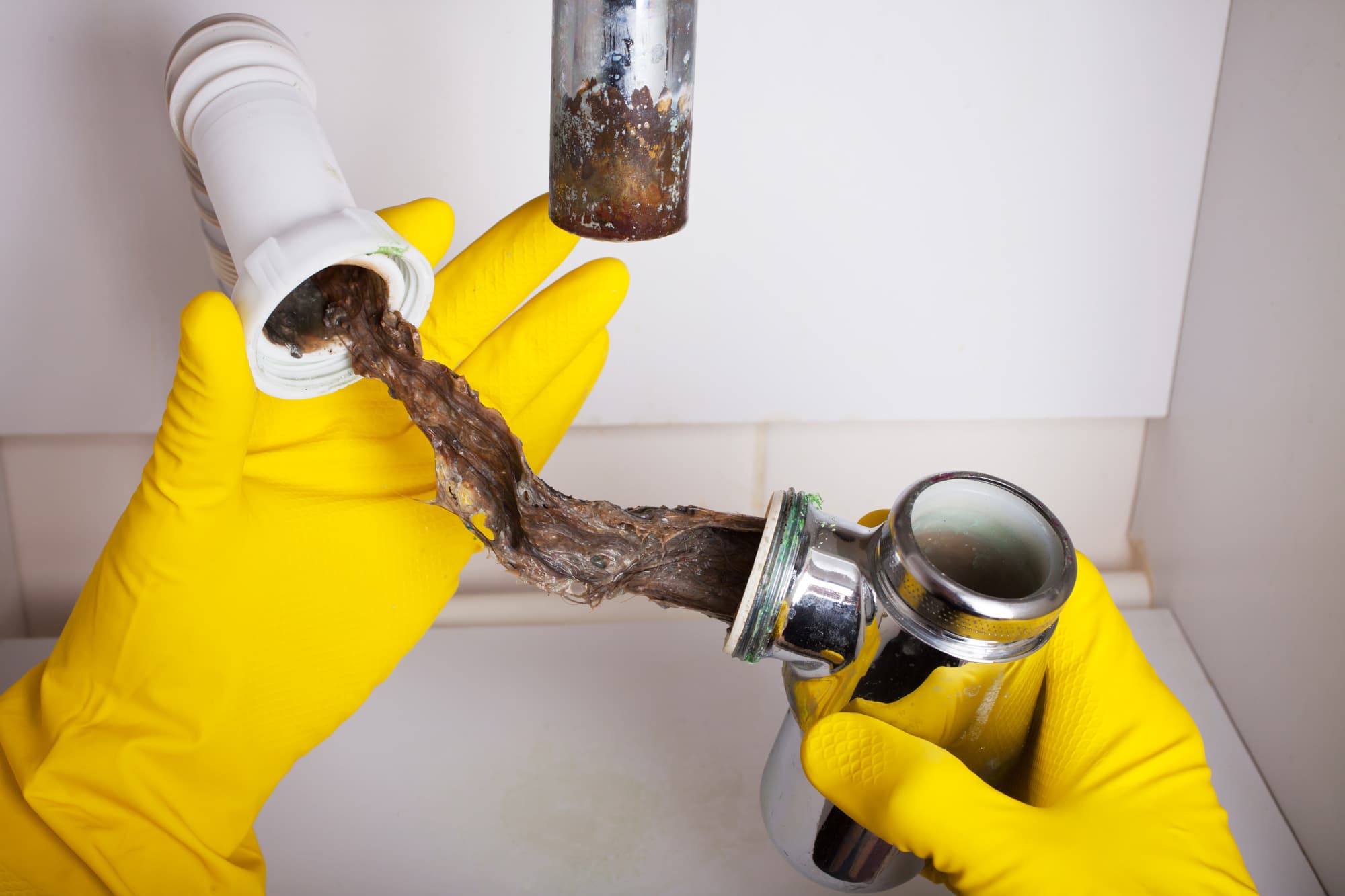








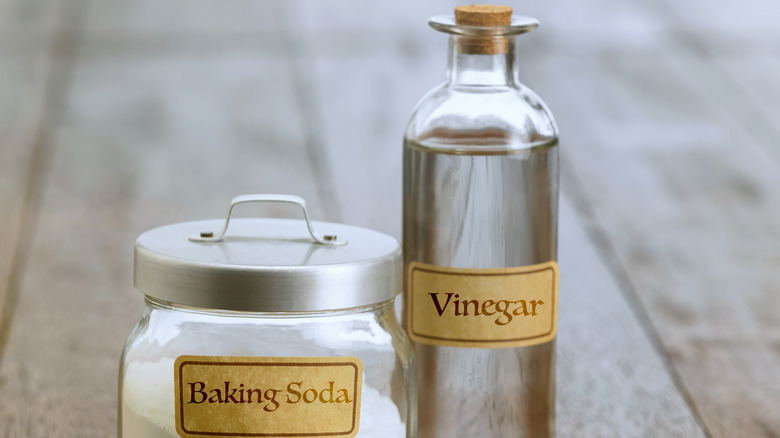
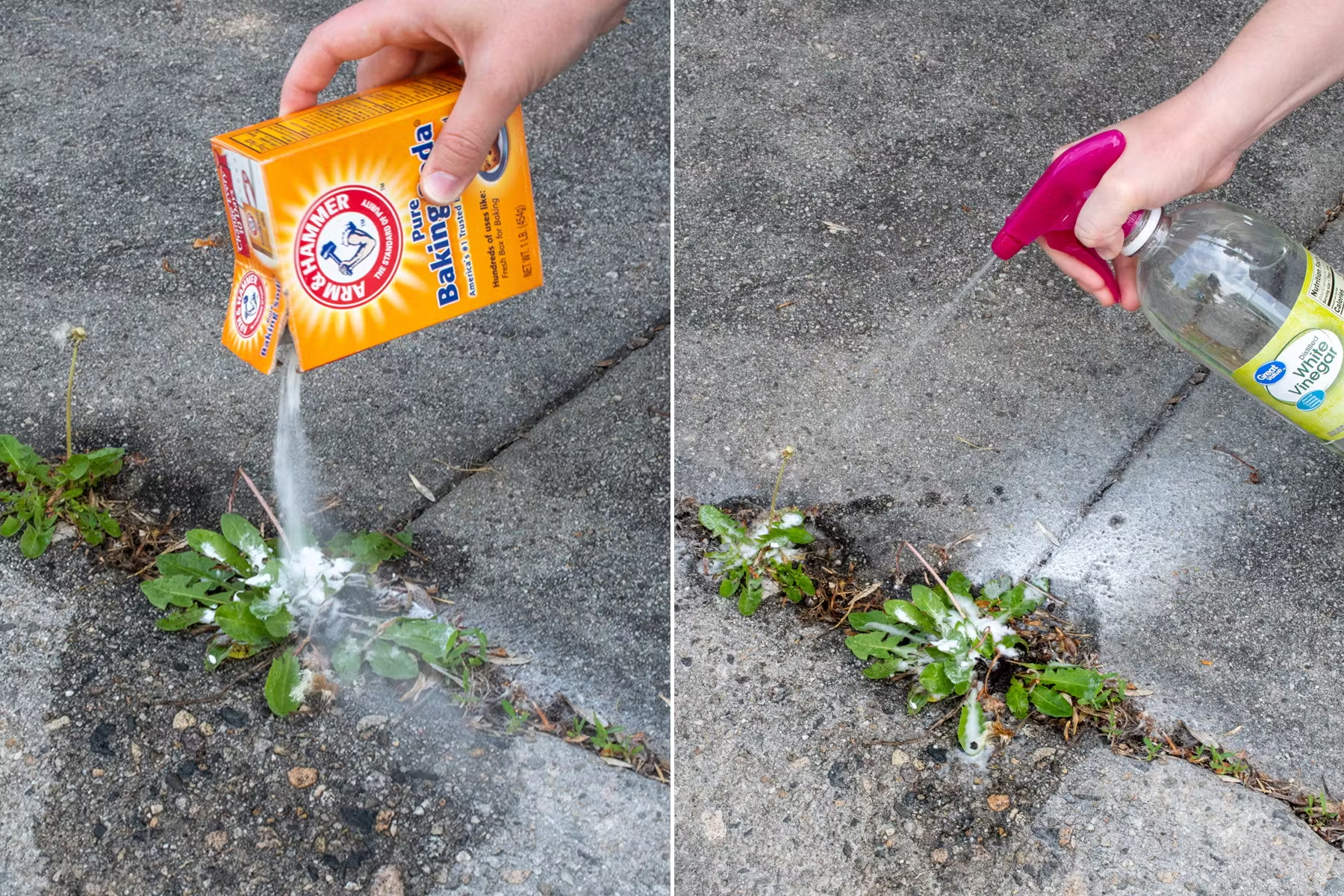
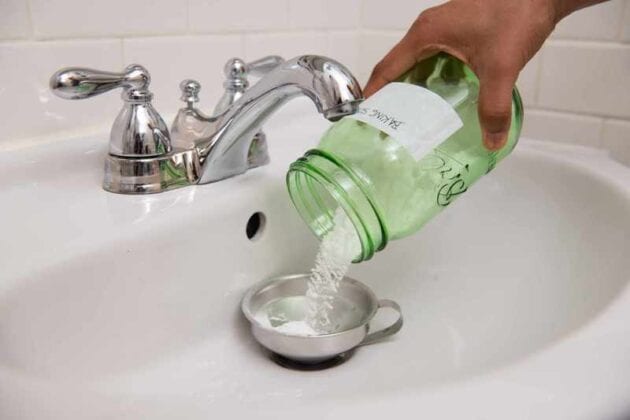
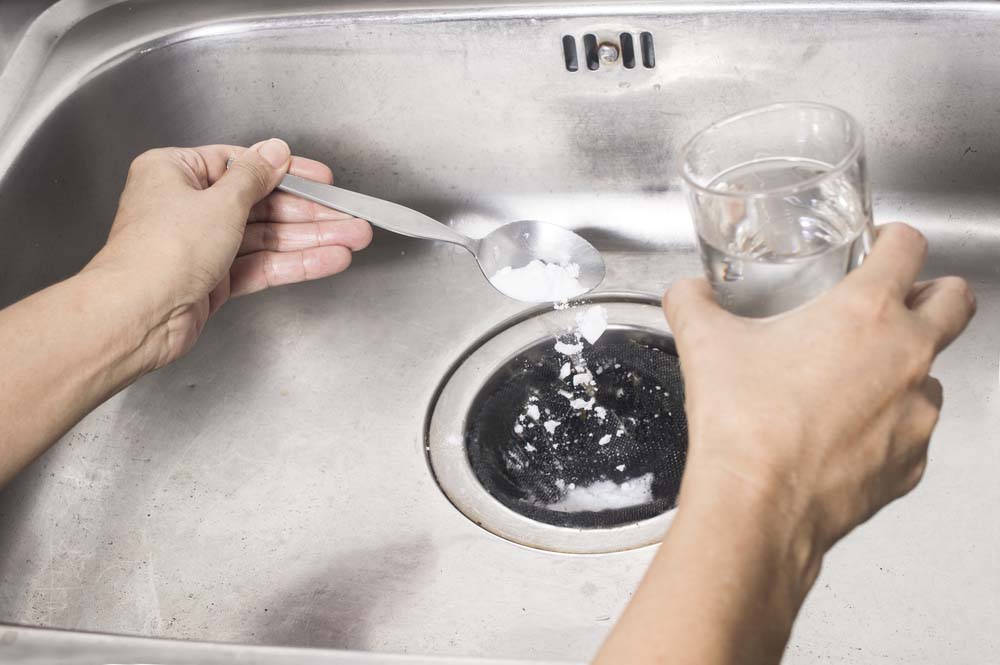

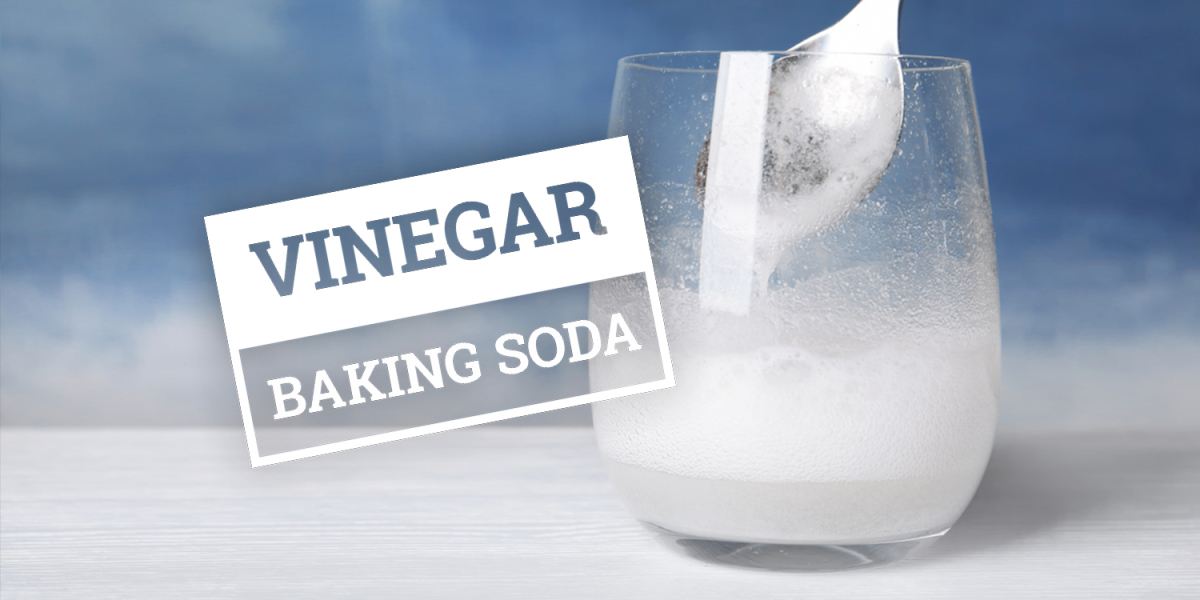

:max_bytes(150000):strip_icc()/plumber-unclogging-kitchen-sink-169270382-5810e7bb5f9b58564c5dd92b.jpg)


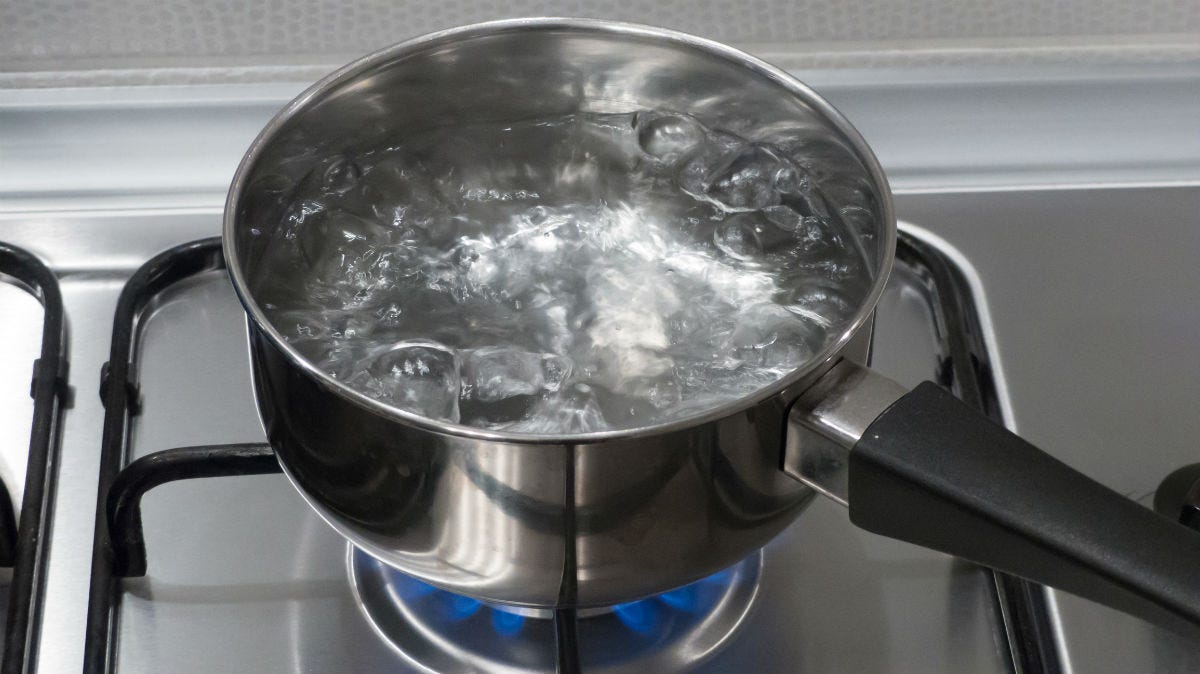
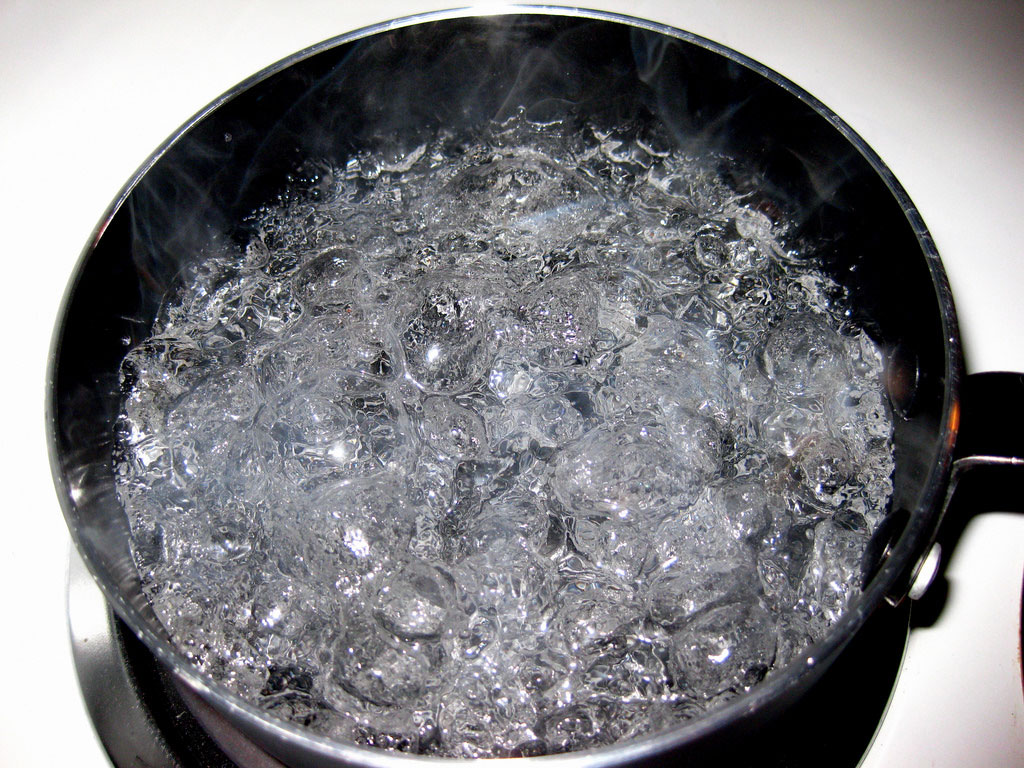
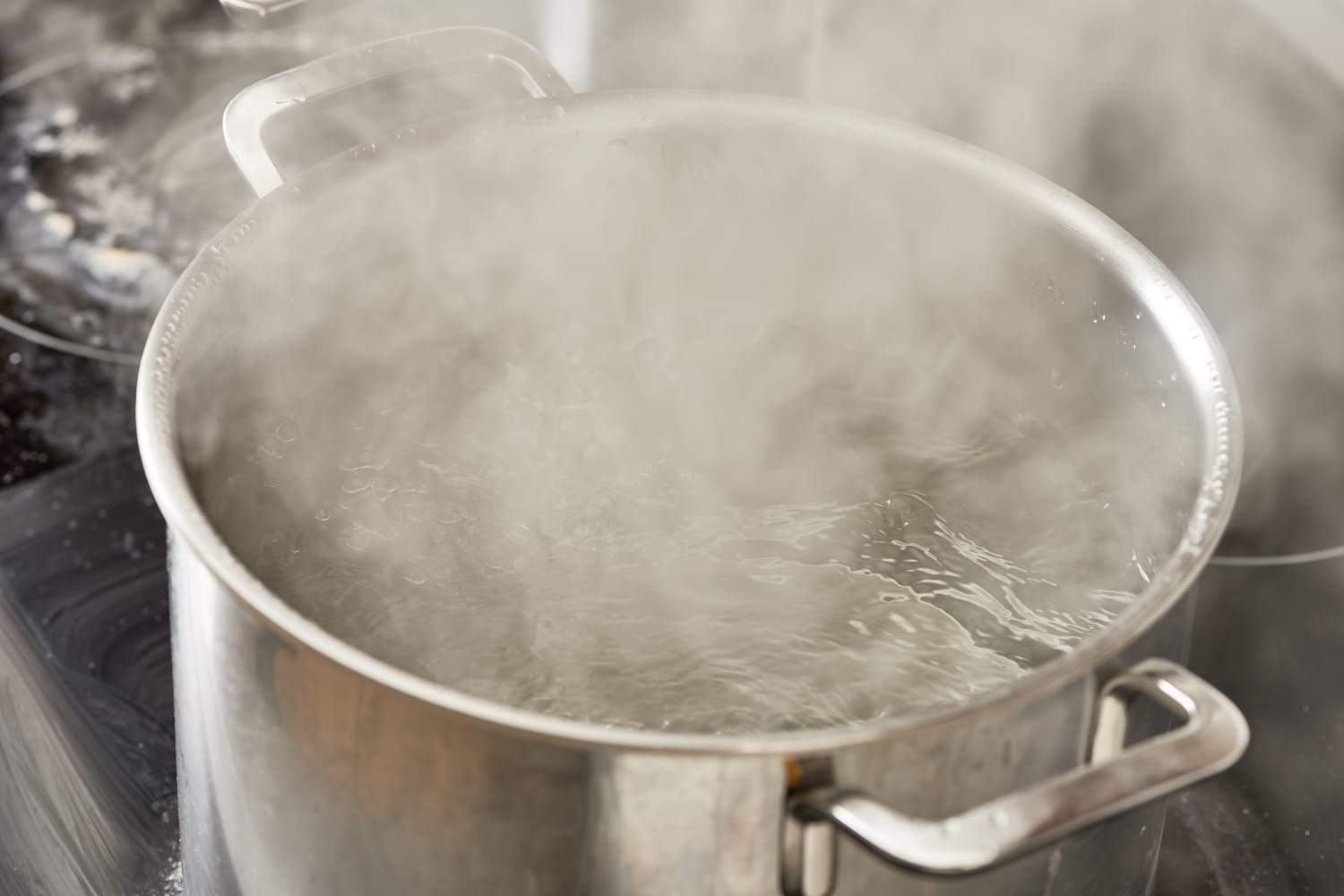
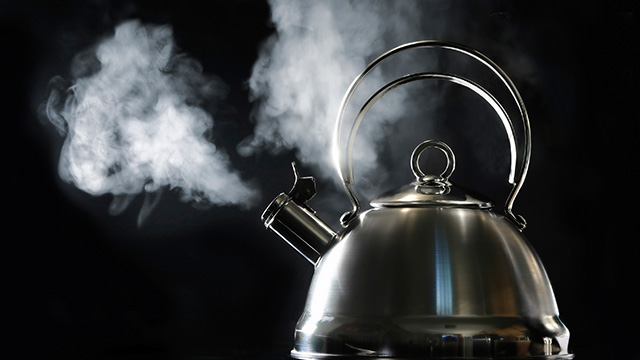


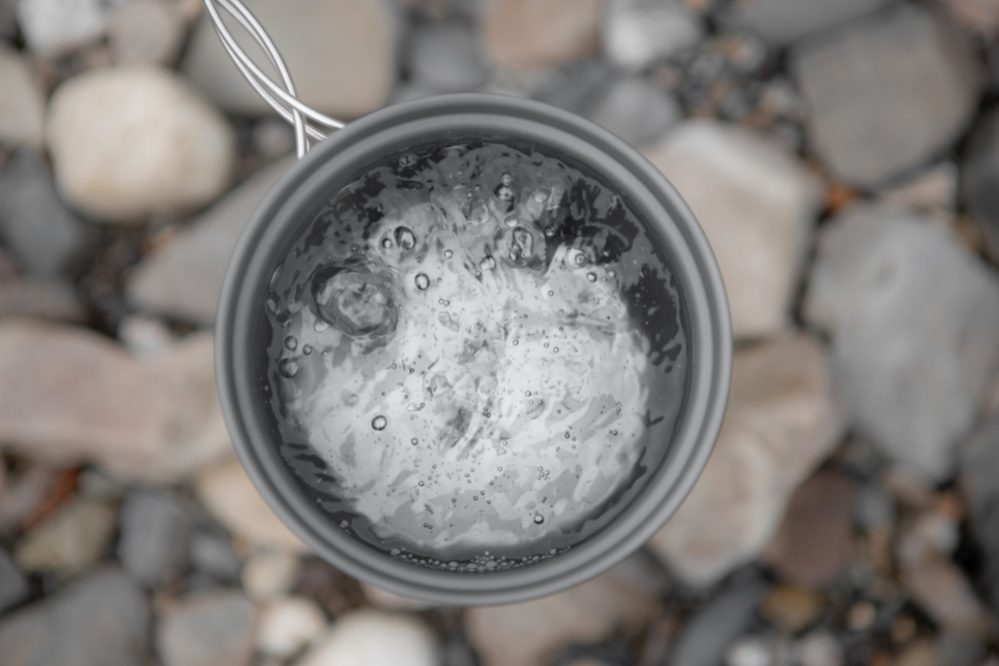

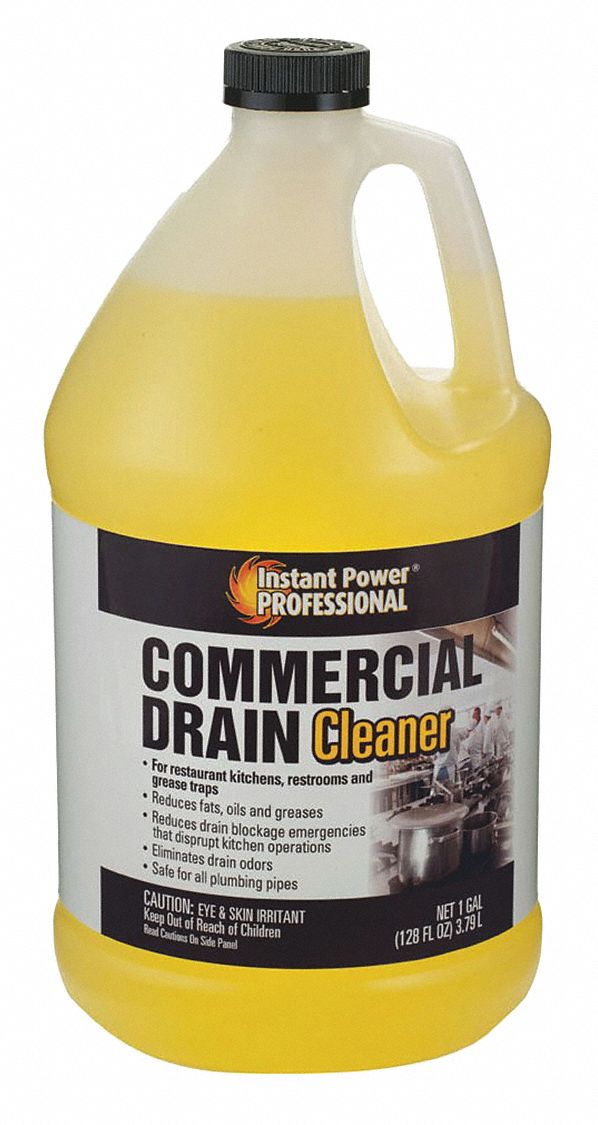


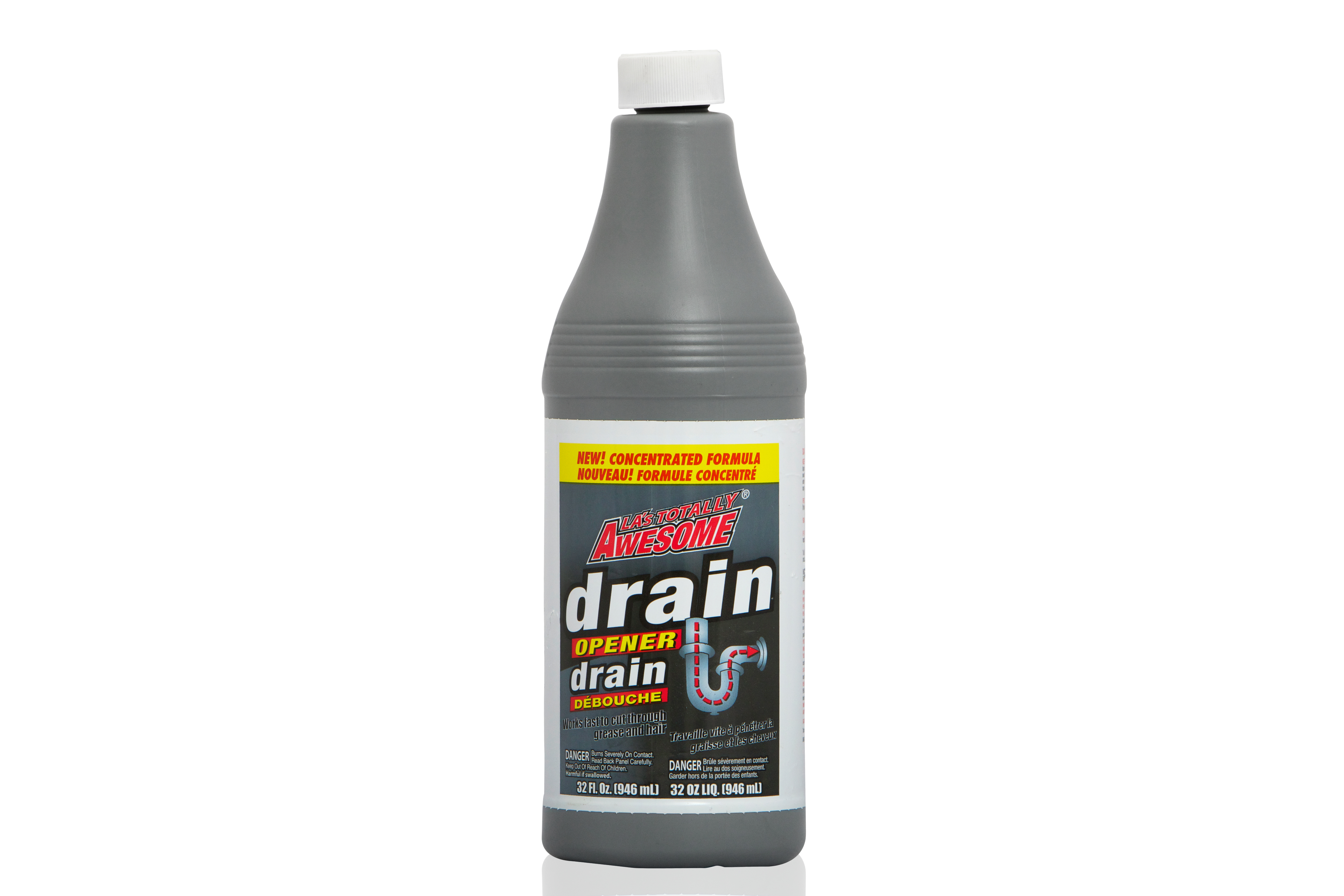









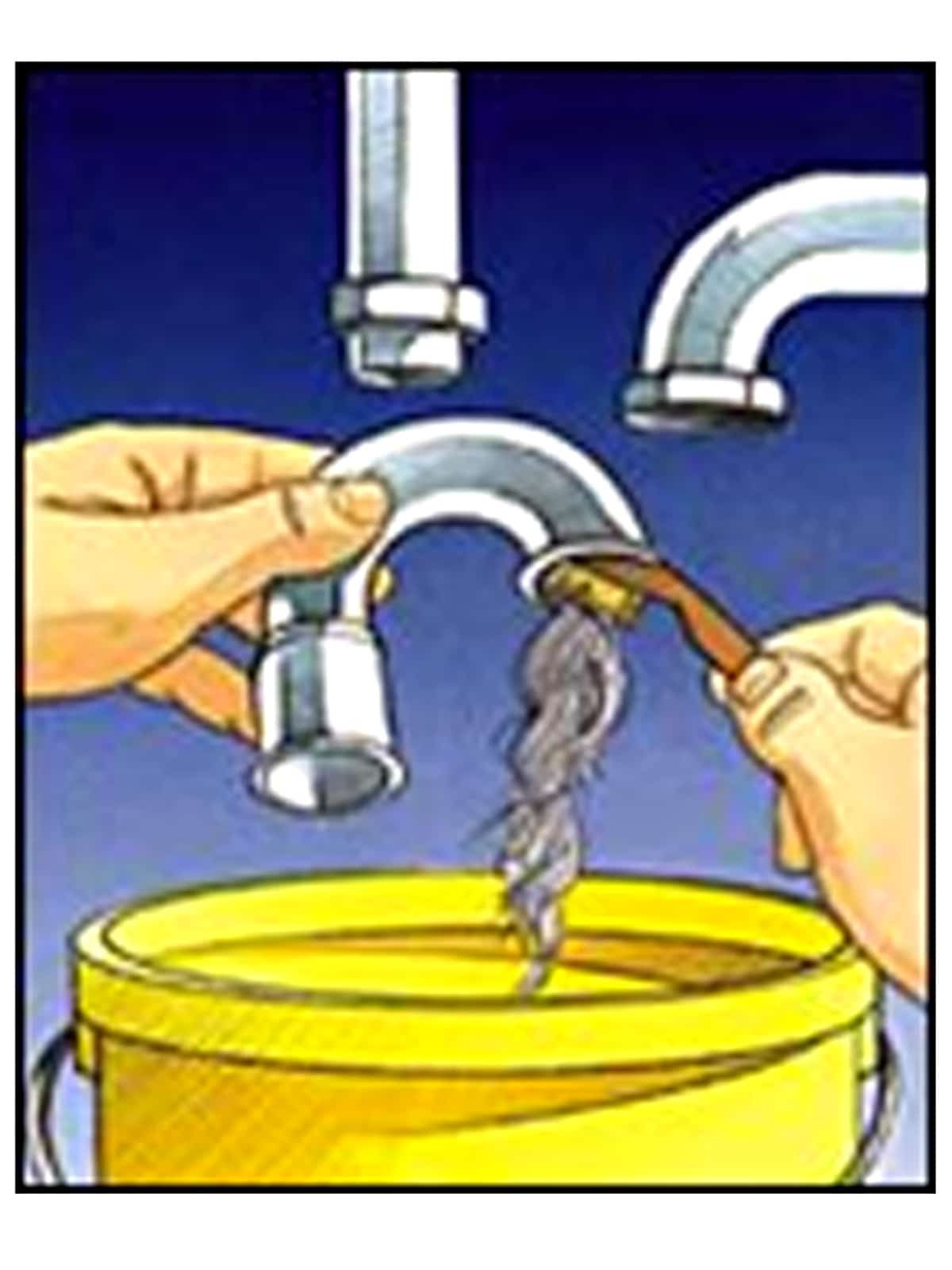




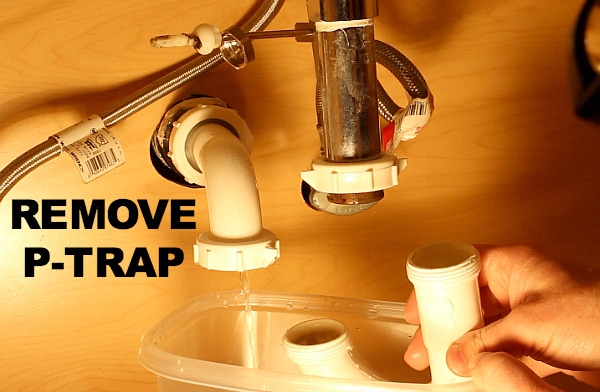


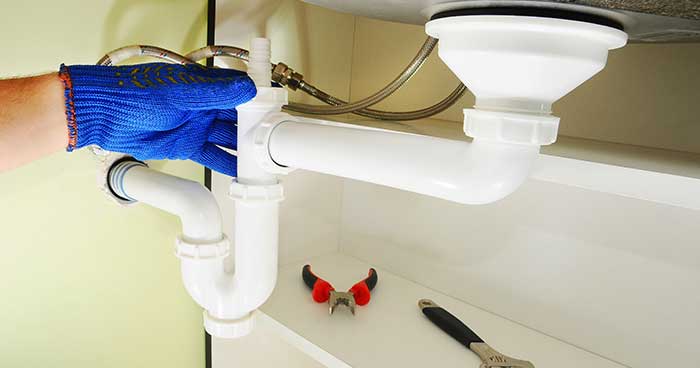






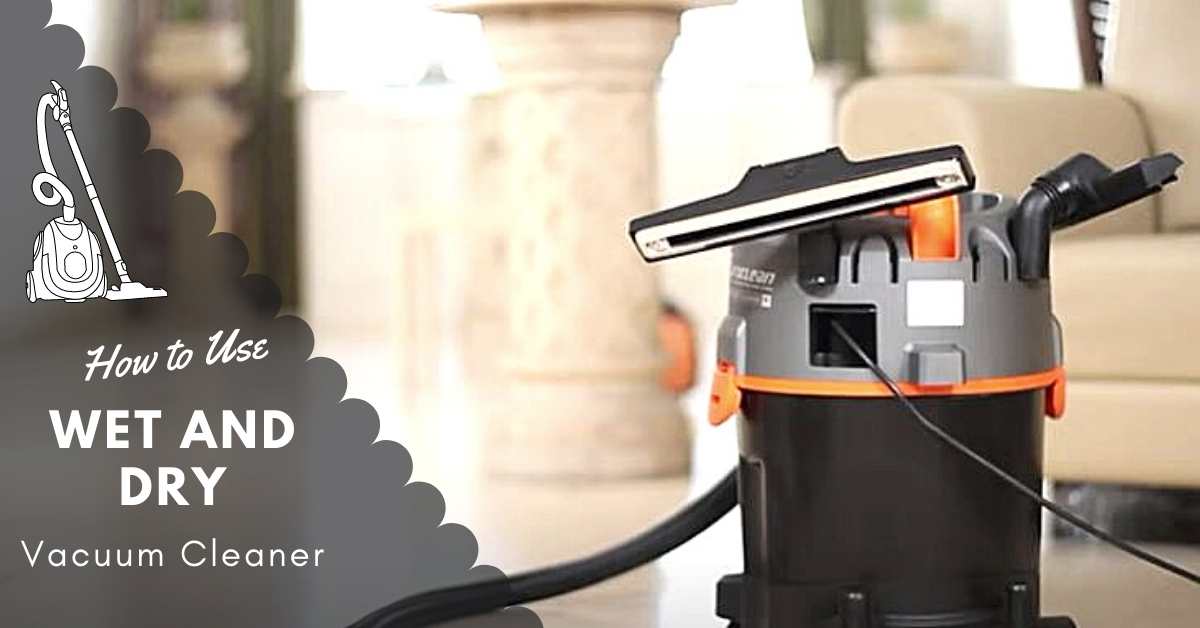





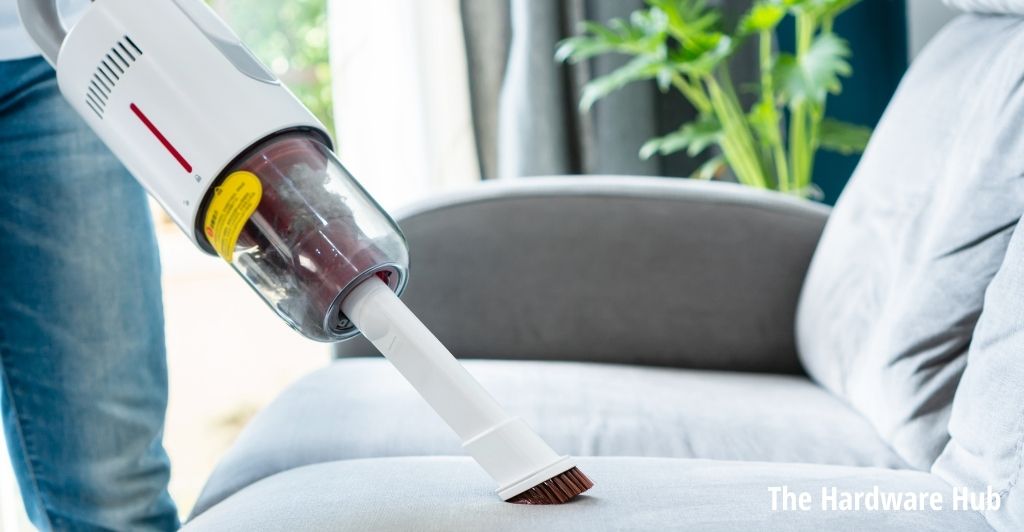
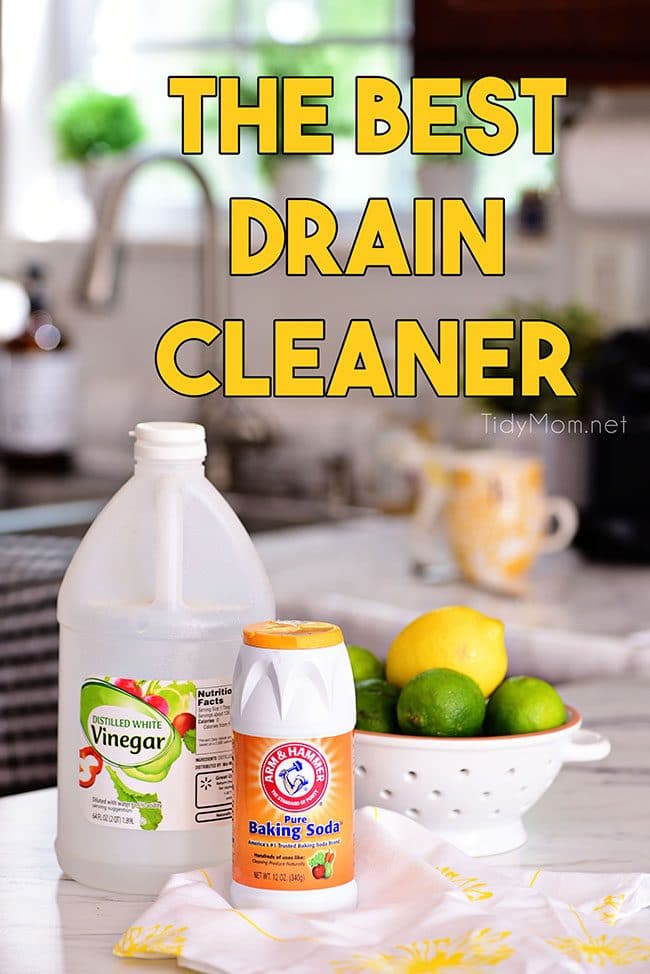



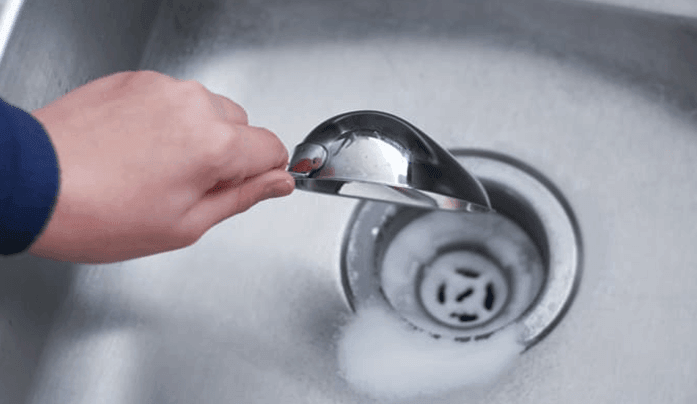


/homemade-drain-cleaner-2718784_final-079e81286c3a4742834b5a227d1edc1c.png)
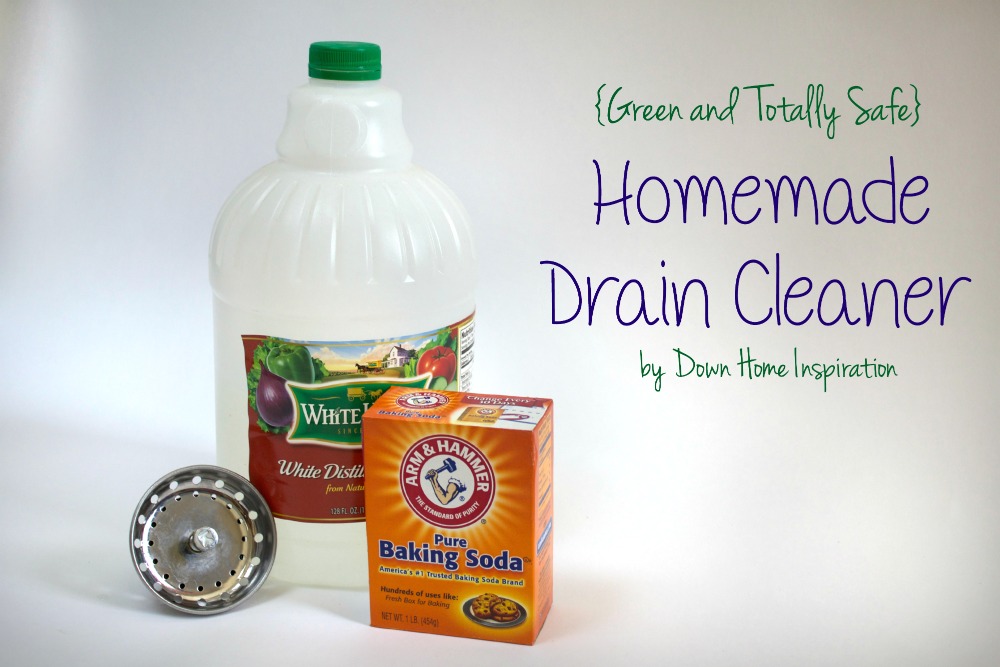
:max_bytes(150000):strip_icc()/freshen-and-unclog-drain-with-baking-soda-1900466-18-1a5b5da01939471ca8f8823865bd1ce8.jpg)
:max_bytes(150000):strip_icc()/homemade-drain-cleaner-2718784_01_1041-09a5264ba2a34698816e62a385f0895f.jpg)
